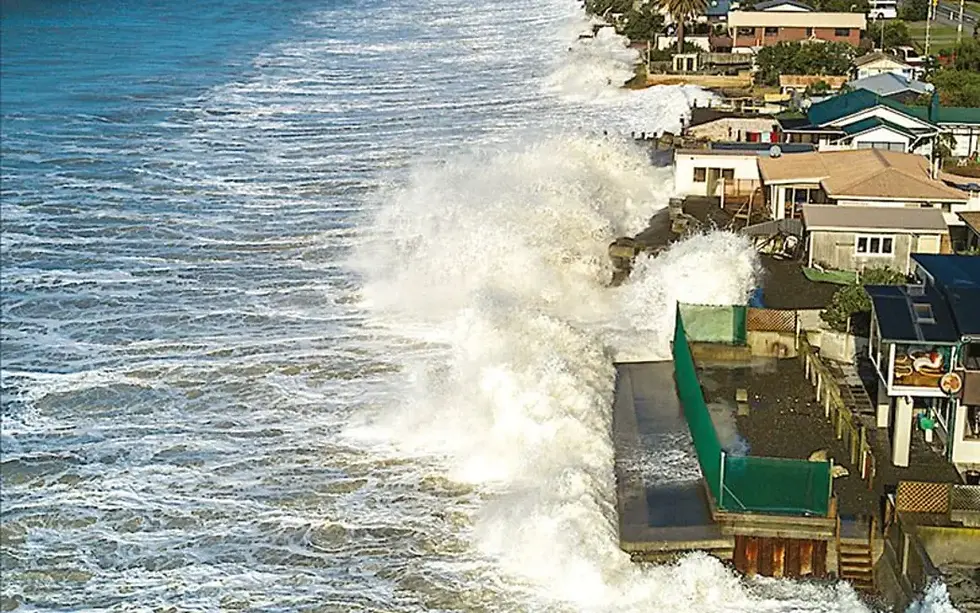Sociology : Unconventional Communities
- charlotteselve8
- 2 sept. 2023
- 2 min de lecture
In the realm of alternative communities and unconventional living arrangements, two intriguing concepts come to mind: The Sea Organization and Seasteading.
These communities, though vastly different in nature, share a common thread of challenging societal norms and exploring life on their terms.
Let's dive into the captivating world of these unique communities and explore how they relate to climate migrants seeking new territories for survival.
The Sea Organization: A Unique Social Experiment
Founded by science fiction writer L. Ron Hubbard in the 1960s, the Sea Organization (or Sea Org) is a somewhat enigmatic and controversial religious group affiliated with the Church of Scientology. Initially conceived as an elite group responsible for advancing Scientology's mission worldwide, Sea Org members live and work onboard a fleet of ships.
Key aspects of the Sea Organization include:
Sailing Life: Sea Org members live on vessels, primarily the Freewinds and the MV Freewinds, as they travel across international waters.
Dedication: Members are known for their unwavering commitment to the Church's teachings and missions.
Unique Culture: The Sea Org has its own unique hierarchy, customs, and uniforms, setting it apart from mainstream society.
Controversy: Over the years, the Sea Org has faced allegations and controversies, including issues related to labor conditions and practices.
Seasteading: Pioneering Oceanic Communities
Seasteading, on the other hand, represents a more recent and rapidly growing movement focused on creating autonomous, self-governing communities on the open sea.
These communities aim to establish new societies, unbound by traditional land-based governance structures.
Key aspects of Seasteading include:
Freedom to Experiment: Seasteads provide a platform for experimenting with innovative forms of governance, making them appealing to those seeking alternatives to existing societal models.
Sustainability: Seasteading communities often prioritize sustainability, incorporating eco-friendly technologies and practices to minimize their environmental impact.
Resilience: These communities are designed to be resilient in the face of climate change, offering a potential refuge for those affected by rising sea levels.
A Comparative Glimpse
While the Sea Organization and Seasteading couldn't be more different in their origins, cultures, and purposes, they both challenge societal norms and embrace unconventional living.
1. Goals and Beliefs: The Sea Organization's mission centers around advancing Scientology's teachings, while Seasteading seeks to experiment with new forms of governance and promote sustainability.
2. Adaptation: Both communities have adapted to life on the water, with Sea Org members living on ships and Seasteaders residing on floating platforms. This adaptability sets them apart from traditional land-based communities.
3. Climate Migrants: The concept of Seasteading takes on new significance when we consider the plight of climate migrants. As rising sea levels and environmental challenges force millions to seek new territories, Seasteading may offer a potential haven for those in need.
In essence, the Sea Organization and Seasteading represent two distinct paths of community living, one driven by religious devotion and the other by a desire for societal experimentation.
Yet, they both invite us to question the norms of conventional living and explore the possibilities of a world where unique communities thrive on the open sea.
As we confront the urgent challenges posed by climate change, perhaps it's time to look to the sea for innovative solutions to safeguard our collective future.


Commentaires